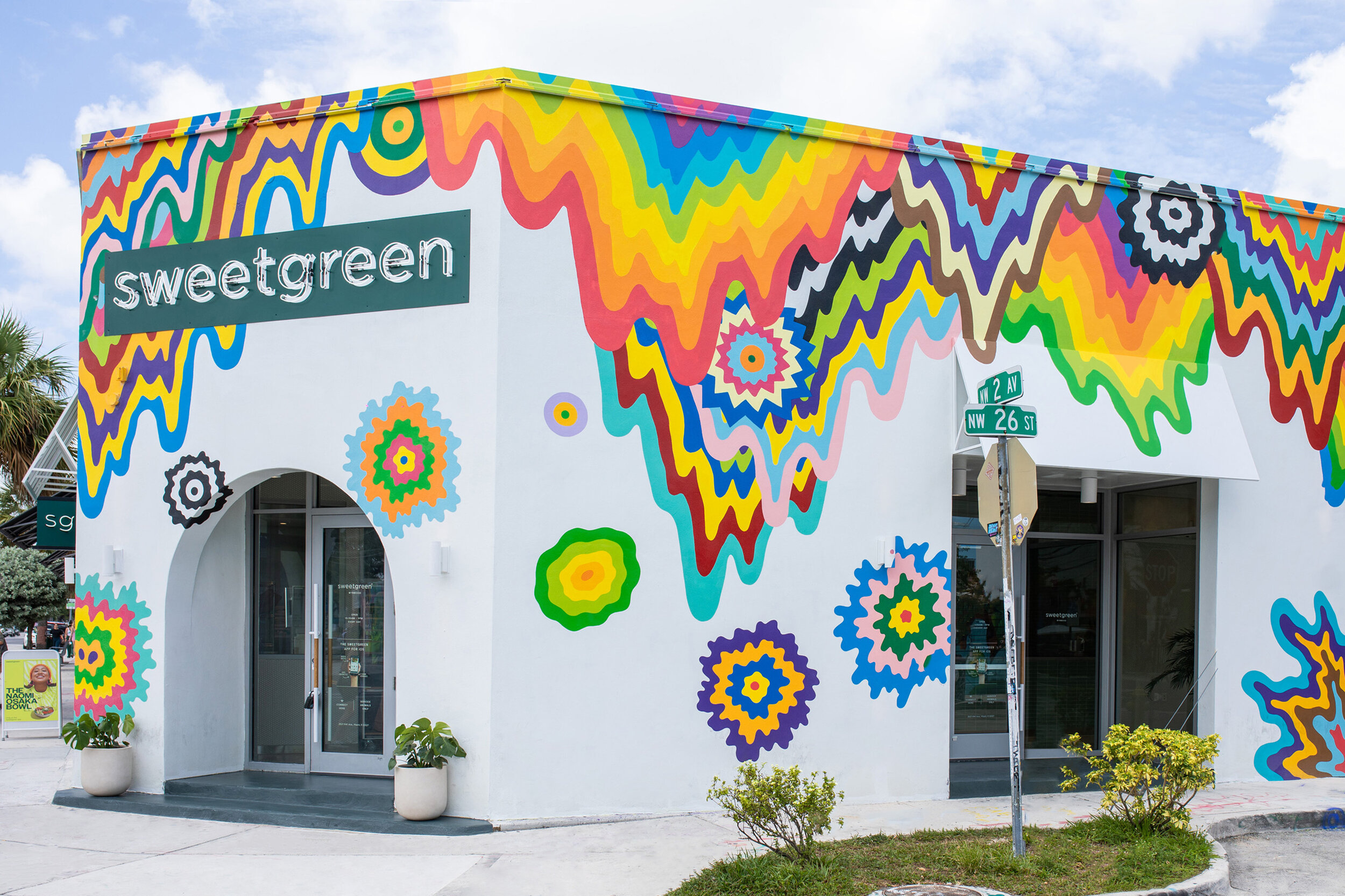sweetgreen case study
Problem
How can Sweetgreen most effectively enter new markets, with a specific focus on Austin and Miami, while establishing a connection with and gaining the trust of the existing community? In addition to this, how can Sweetgreen strengthen its existing retail locations by increasing off-hour store traffic, making Sweetgreen more accessible around the community, and building Sweetgreen’s community outreach programs?
Process
After an initial visit to the Culver City Sweetgreen headquarters (where the six AIM consultants got to enjoy some tasty salads), the team began on the project scope by conducting data through surveys, researching, and brainstorming. Throughout the process, the team had periodical check-ins through meetings and deliverables with the Sweetgreen client contact and the other AIM consultant teams. For their final interactive deliverable presentation, the team returned to the Culver City Sweetgreen headquarters where they presented the final deliverable slide deck accompanied with a printed detailed deck of all of the research, findings, and recommendations to the Sweetgreen retail marketing department.
Solution
The team delivered a final presentation that was built off a “branding 3.0” strategy designed to engage, connect with, and celebrate the Sweetgreen community. Backed by primary and secondary research, the final decks included a competitor analysis, a general market entry playbook that was applied to both Miami and Austin, as well as four final “big-picture” recommendations including “Sweet Wheels,” a food truck and pop-up program, “sg2,” a Sweetgreen study hours program, “Sweet Planet,” a sustainability-focused program, and a Sweetgreen work-study program to increase community outreach. Since the final deliverable, Sweetgreen has already implemented some of these final recommendations, such as the Sweetgreen food truck and the Miami-specific bowl for Miami’s new Sweetgreen opening.




